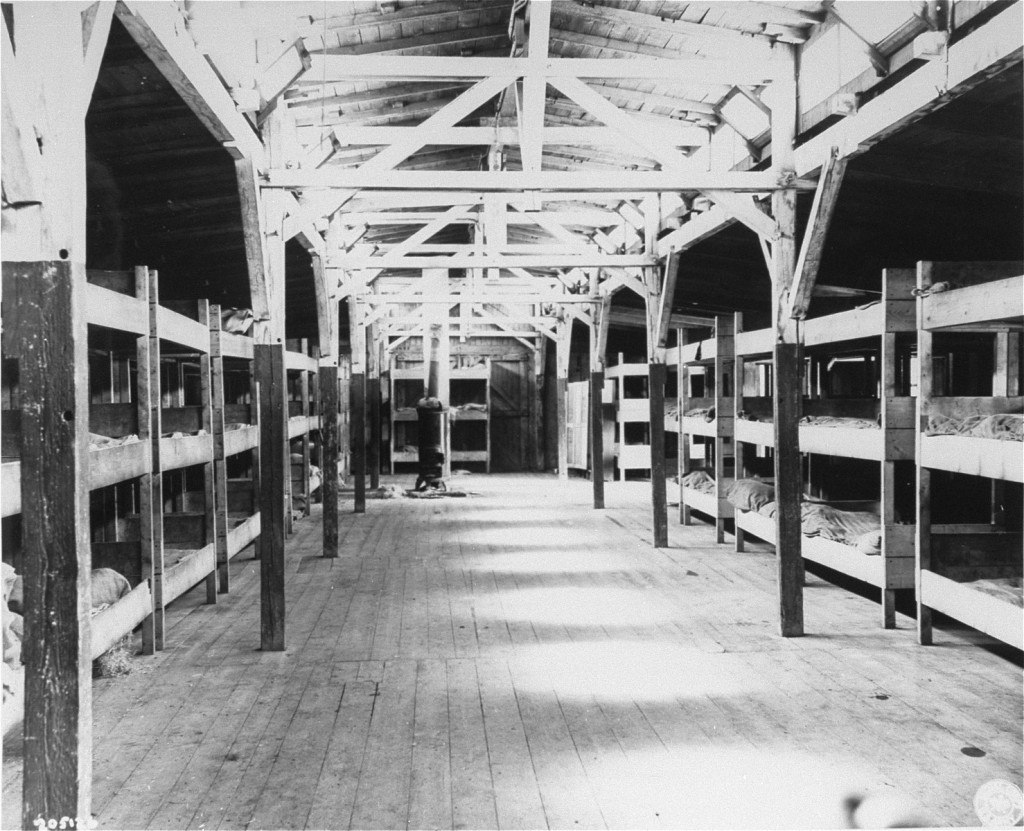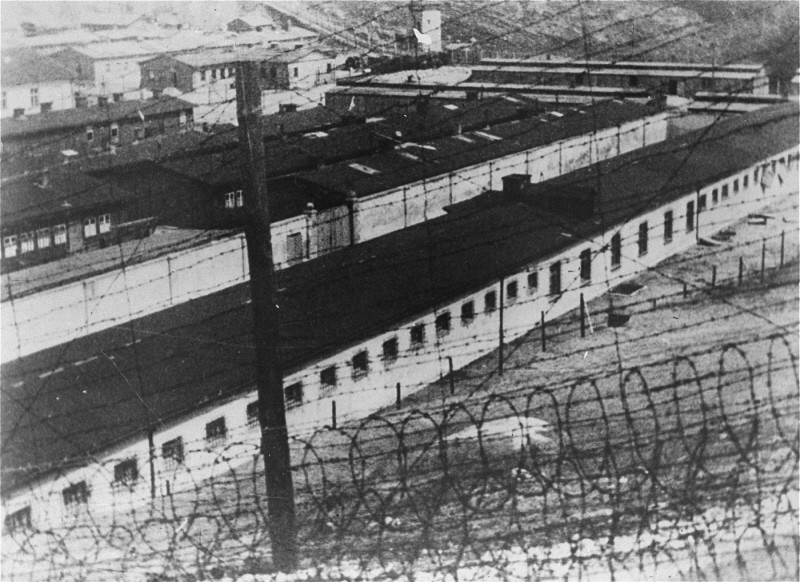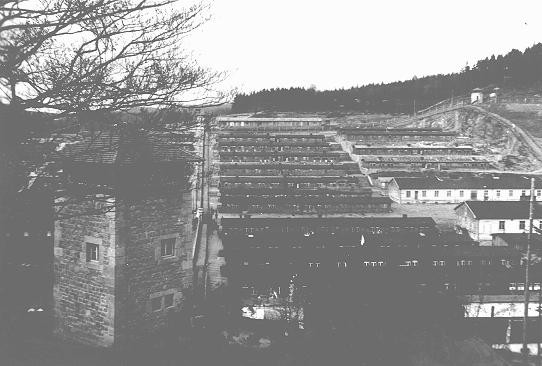
Flossenbürg: Key Dates
Between 1933 and 1945, Nazi Germany and its allies established more than 44,000 camps and other incarceration sites (including ghettos). The perpetrators used these locations for a range of purposes, including forced labor, detention of people deemed to be "enemies of the state," and mass murder. Millions of people suffered and died or were killed. Among these sites was the Flossenbürg camp and its subcamps.

May 3, 1938
SS authorities establish the Flossenbürg concentration camp in the mountains of upper Bavaria near the prewar border with Czechoslovakia. Initially, the SS and Police incarcerate only men in Flossenbürg, primarily so-called "asocial" or "criminal" prisoners. The SS deploys the prisoners as forced laborers in construction of the camp and in the nearby stone quarries of the SS-owned and -operated German Earth and Stone Works company.
September 27, 1939
The SS transfers 1,000 political prisoners from Dachau to Flossenbürg. Having been given authorization to form military units in the SS (later called the Waffen-SS), SS leaders temporarily close down the Dachau concentration camp to make space for a military training facility, transferring the prisoners temporarily to other concentration camps (Buchenwald, Mauthausen, and Flossenbürg).
July 2, 1941
SS guards shoot 40 Polish prisoners at the SS firing range outside Flossenbürg concentration camp. Some 1,500 Polish political prisoners, many of them members of the Polish underground resistance, arrive in Flossenbürg in 1941-1942. Between February and September 1941 the SS kill about one-third of these Polish political prisoners.
June–December 1941
Camp authorities establish a special compound in Flossenbürg to hold approximately 2,000 Soviet prisoners of war. By the end of 1941, SS personnel has shot more than 1,000 Soviet prisoners of war in Flossenbürg. The SS continues to kill Soviet prisoners of war sporadically through 1944.
February 8, 1943
Flossenbürg camp officials reported that there are more than 4,000 prisoners in the main camp. Of these, more than half are political prisoners (mainly Soviet, Czech, Polish, Dutch, and German); almost 800 are Germans identified as repeat criminal offenders; more than 100 are homosexuals; and seven are Jehovah's Witnesses. In 1943, prisoner forced labor becomes increasingly important in German arms production. As a result, the Flossenbürg camp system expands to include approximately 100 subcamps concentrated mainly around armaments industries in southern Germany and western Czechoslovakia.
May 1, 1944
Soviet prisoners of war in Muelsen St. Micheln, a subcamp of Flossenbürg, rise against their guards in the attempt to escape. They torch their barracks and kill some of the prisoner work supervisors (Kapos). The SS crushes the revolt, preventing the escape of the prisoners. Almost 200 prisoners die as a result of burns and wounds sustained in the uprising. After Gestapo officials investigate, the SS transfers about 40 prisoners whom they identify as leaders of the revolt to Flossenbürg, where SS personnel later murder them in the camp jail.

January 15, 1945
SS authorities report nearly 40,000 prisoners incarcerated in the Flossenbürg camp system, including almost 11,000 women.
April 9, 1945
In Flossenbürg, SS personnel hang Admiral Wilhelm Canaris, General Hans Oster, Pastor Dietrich Bonhoeffer, and other persons associated with German resistance groups or implicated in the July 1944 attempt to assassinate Hitler. Canaris was the chief of military intelligence, Oster was Canaris's deputy, and Bonhoeffer was a Protestant theologian critical of the Nazis whom Oster recruited for the Abwehr after the invasion of Poland in 1939. The Gestapo had arrested Bonhoeffer and Oster in April 1943, and incarcerated Canaris in the aftermath of the failed attempt to kill Hitler in July 1944.
April 15–20, 1945
As US forces approach, the SS organizes the forced evacuation of prisoners, except those unable to walk, from Flossenbürg. The SS moves most of the remaining 9,300 prisoners in the main camp, among them approximately 1,700 Jews, in the direction of Dachau both on foot and by train. 7,000 more prisoners who had just arrived from Buchenwald join the evacuation. Perhaps 7,000 prisoners of a total of more than 16,000 who began the evacuation die en route,
April 23, 1945
US forces liberate Flossenbürg, finding about 1,600 ill and weak prisoners mostly in the infirmary barracks. Between 1938 and 1945, nearly 97,000 prisoners passed through Flossenbürg. About 30,000 died in Flossenbürg, in its subcamps, and during the evacuations.
Critical Thinking Questions
- Flossenburg had over 100 sub-camps. What does this indicate about the systematic nature of the camp system as well as the range of staff and services needed for this complex?
- To what degree was the German population aware of this camp, its purpose, and the conditions within?
- Did the outside world have any knowledge about this camp? If so, what actions were taken by other countries and their officials? What choices do other countries have in the face of mistreatment of civilians?

